Aviation machinists work individually or in teams to fabricate, repair, rework, or modify aircraft parts, components, and specialized tooling. They manufacture parts and components (tolling/jigs) that are used to build, modify, or repair an aircraft. Aviation Machinists are almost always consulted in the design phase of any aviation project because of their extensive knowledge of materials, processes, and fabrication techniques. Their work is accomplished through the use of complex machinery to achieve precision. The growing complexity and expense of the parts and machinery, the stringent safety requirements, and the interaction required by machinists and their teams mean that good communication, dexterity, and computer skills are essential to this occupation.
Aviation machinists are required to be familiar with the rare and specialized materials used in the aviation industry — they work extensively with aluminum alloys, titanium, stainless and specialty steels, as well as with coating techniques such as plating and metalizing. While the theory and practical application of metal removal techniques may remain the same, machinery and cutting tool technology is rapidly evolving, meaning that machinists must keep up-to-date with the latest innovations and advances.
Aviation Machinists are competent in reading engineering drawings, and in developing and executing the steps required to work on parts or components. They perform sawing, drilling machine operations, lathe operations, milling, jig and horizontal boring, and grinding, working on Electrical Discharge Machines (EDMs), and with Computerized Numerical Control (CNC) machining. Aviation Machinist is an essential member of the team in propulsion and hydraulic shops.
Career Pathway
- Completion of Secondary School (required)
- Completion of an Aviation Machinist or Machinist program at a college or approved training organization (preferred)
- After successfully passing the inter-provincial exam, a machinist may take additional courses to become a Computer Numerical Controlled Equipment (CNC) machinist
- Get CCAA Certification (an asset)
Other Requirements:
- High level of manual dexterity and hand/eye coordination
- Able to read and interpret engineering drawings

